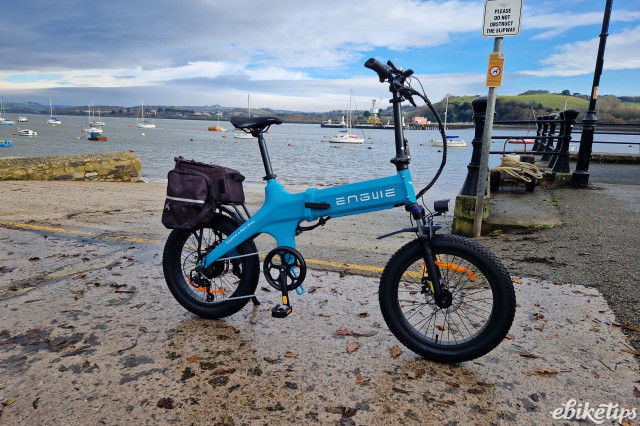Solving inner-city traffic congestion is high on the agendas of governments and big businesses all over the world, and German automotive systems manufacturer Schaeffler is no different.
Schaeffler has unveiled its own answer to crowded and fume-choked inner city streets with their somewhat contentious Bio-Hybrid e-bike concept.
The four-wheeled concept 'bike' is contentious only in that it is called an e-bike, yet its four wheels are a giveaway that the word 'bi'cycle should not apply.
Nevertheless the Bio-Hybrid has a lot in common with many of the e-bike systems we see pass through our doors here at ebikeitps.
If we overlook the vehicle's protective lightweight shell, two seats, and four wheels for a moment, and instead focus on the pedal assist mid motor drive system that sits between the four wheels that is restricted to 25km/h, we begin to see where the e-bike claims are coming from.
Schaeffler are also insistent that the vehicle can be used on cycle tracks due to its small footprint - the Bio-Hybrid is only 2.1m long, 1.5m high, and 85cm wide.
The German engineering firm's Deputy CEO and Chief Technology Officer, Prof. Peter Gutzmer, told the company's press office that the Bio-Hybrid "shows how Schaeffler envisages a solution for urban mobility."
He said: "All-electric mobility will not be sufficient to guarantee sustainable, energy-efficient mobility for tomorrow in the passenger car sector.
"The Bio-Hybrid shows how Schaeffler envisages a solution for urban mobility. It is similar to a bicycle, but without the disadvantages in terms of weather protection and storage space."
In terms of power output, the Bio-Hybrid is envisioned to have 250-750W of nominal power and will adhere to legal e-bike requirements - meaning that the concept will be road legal without a driver's license in many Europen countries.
Though the vehicles road legality doesn't appear to be top of Schaeffer's agenda. In an interview with the Guardian, the German company's innovation manager Patrick Seidel defended the bicycle's obscure classification, stating that “new concepts do not always fit into the legal environment of the moment.”
The Bio-Hybrid's range has been simulated to manage between 50-100km, and weighs around 80kg - according to Damian Carrington who tested one of the vehicles for the Guardian - though production models are expected to be lighter.
Two batteries are stored underneath the seat, and the whole set-up can be personalised depending on your height. You won't need to worry if you're particularly tall, for example, because the roof swivels around and can be stored behind the seat.
In terms of taking these vehicles out of the imaginary world of concepts and actually onto our city streets Professor Gutzmer says that governments need to start setting our environment up for sustainable transport.
He said: “Important prerequisites with regard to infrastructure must be fulfilled before this type of individual vehicle can become established in the market. Metropolitan areas and major cities must continue to change – and they will. Cities such as London, Paris and Singapore are already investing hundreds of millions in the development of cycle tracks.
"High-speed cycle tracks that connect cities, for example, in the Ruhr area in Germany, will enable extension stages of the micro-mobile with higher speeds. There are already discussions in Germany about opening cycle tracks with a legal speed limit of 40 km/h.
"All these developments mean that our concept has great potential to change urban mobility.”
We're already looking forward to our 2020 rebrand: ebikecarhybridtips.co.uk.




